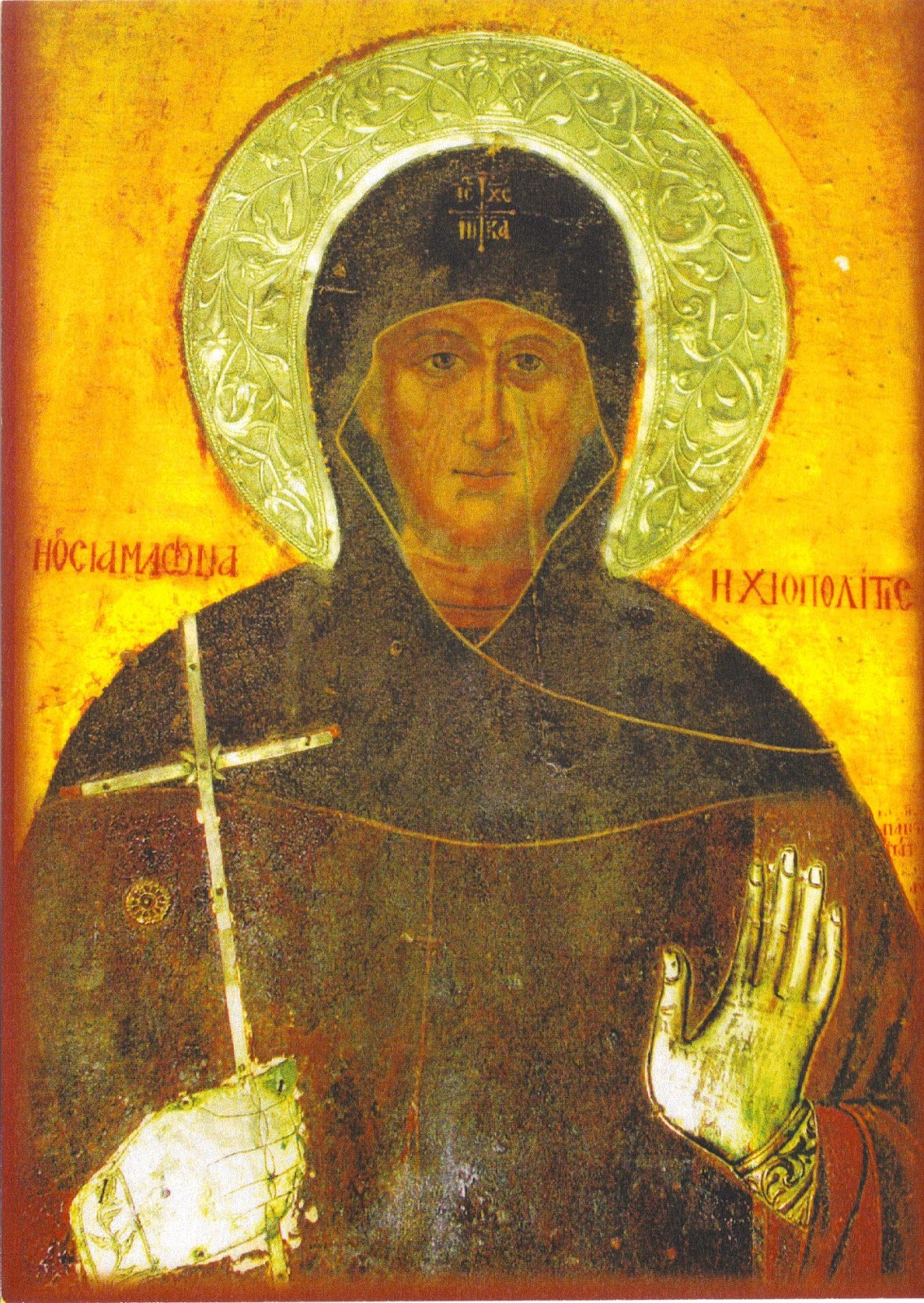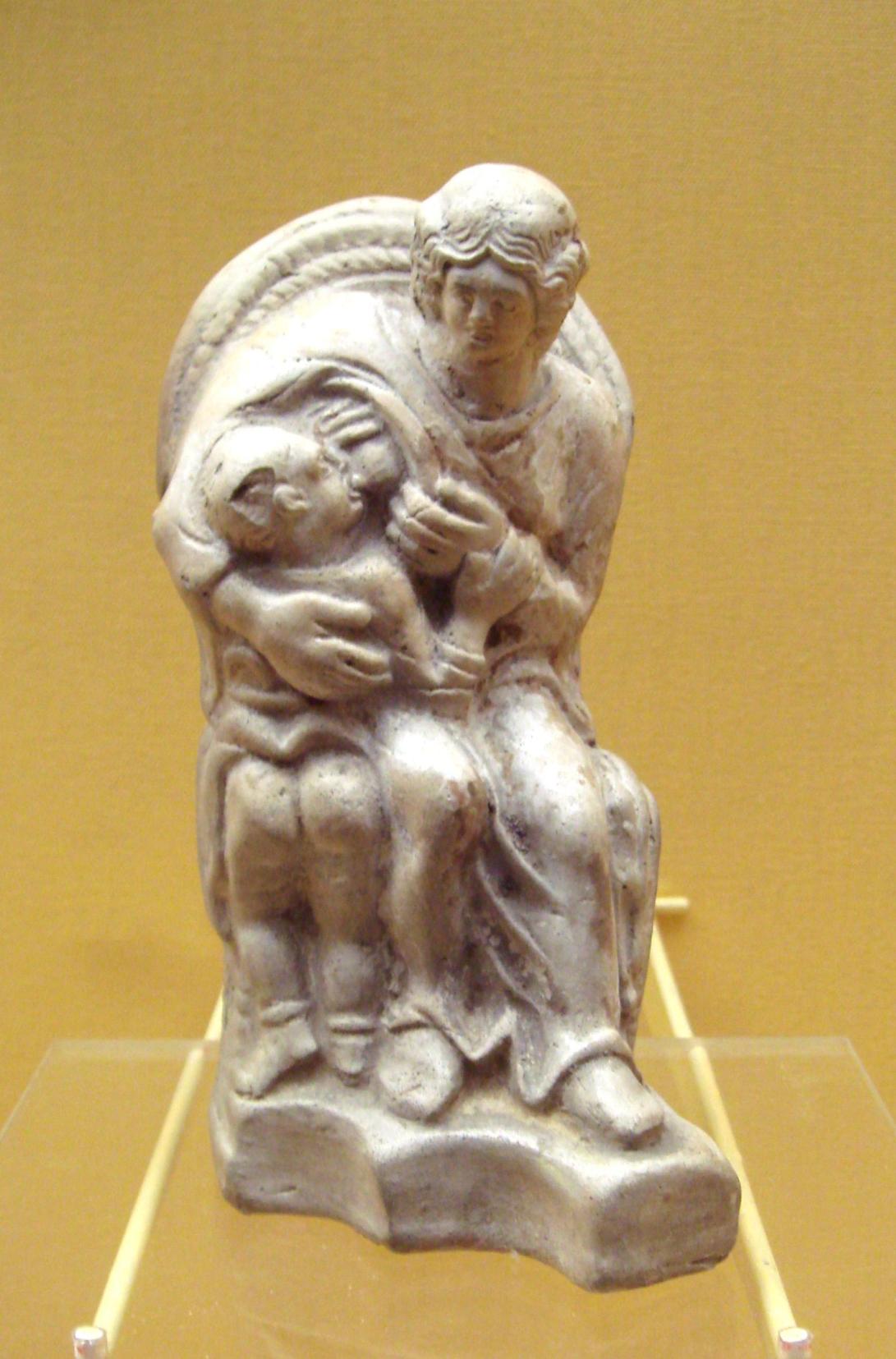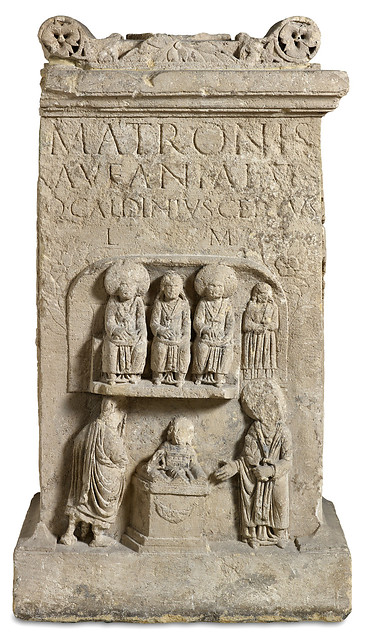|
Matrona (other)
Matrona may refer to: Given name * Matrona Nikonova, known as Matrona of Moscow, a saint of the Russian Orthodox Church * Matrona of Barcelona, a saint of the Roman Catholic Church, born in Thessaloniki and venerated in Barcelona * Matrona of Chios, also known as Chiopolitissa, a 15th-century saint of the Orthodox Church, born in the island of Chios, Greece * Matrona of Perge, A fifth century saint of the Byzantine Church, born in the city of Perge Pamphylia (Asia Minor) Other * Dea Matrona, a singular form of ''Matronae'' or ''Matrones'', mother goddesses attested in the Roman era among Celtic and Germanic regions * Matres and Matronae, female deities * Matrona, Latin name of the river Marne, France * ''Matrona'' (damselfly), a genus of damselflies in the family Calopterygidae * Matrona, a story arc of the Philippine comic strip series Pugad Baboy * Pedro Matrona (1927–2019), Curaçaoan footballer See also * *Matryona Matryona or Matrena () is a Russian feminine given nam ... [...More Info...] [...Related Items...] OR: [Wikipedia] [Google] [Baidu] |
Matrona Nikonova
Matrona Dmitrievna Nikonova (; 1881/1885 – 2 May 1952) is a canonized saint of the Russian Orthodox Church who is said to have had the gifts of prophecy, spiritual vision, and healing from early childhood. Early life Matrona was born to Dmitry and Natalia Nikonov in the village of Sebino in Tula Province.''Blessed Matrona, Pravmir Portal, May 2009, in Russian'' She was the fourth child in the family. Her struggling parents planned to place her in an orphanage after her birth but her mother changed her mind after she had a dream, in which she saw that a white bird of divine beauty, with empty eye sockets, landed on her breast. When Matrona was born, she was blind, with eyelids closed over empty eye sockets. Her mother took this as a heavenly sign. According to legend, by the time she was eight, she had revealed prophetic and healing powers. Revolution Following the Russian Revolution of 1917, she and her friend Lydia Yankova became homeless peasants who left their villages to fin ... [...More Info...] [...Related Items...] OR: [Wikipedia] [Google] [Baidu] |
Matrona Of Barcelona
Matrona of Barcelona or Matrona of Thessalonica (, ) is a saint of the Roman Catholic Church and the Eastern Orthodox Church, Orthodox Church. She was recognized as a saint pre-congregation. She lived in the third or fourth century. She was a young girl and a slave to the Jewish woman Pautila (or Pantilla), wife of one of the military commanders (some sources say governor) of Thessaloniki, Thessalonica. According to legend, she believed in Christ from her youth and Pautila constantly tried to convert her to Judaism. There are two stories of her martyrdom in one she was killed in Rome for taking time to ministering to Christians, in the other she was so severely beaten when she refused to enter a synagogue with her mistress that she subsequently died of her wounds. She is venerated in Barcelona and some villages in Catalonia. She is patron saint of the Santa Madrona church in Barcelona, the Santa Madrona hermitage in the mountain of Montjuïc, as well as churches in the villages of ... [...More Info...] [...Related Items...] OR: [Wikipedia] [Google] [Baidu] |
Matrona Of Chios
Saint Matrona of Chios (also called "Saint Matrona Chiopolitis") was born during the 15th century in the village of Volissos on the island of Chios, Greece. This is the same village in which St. Markella was martyred in 1462. The Church celebrates her memory on October 20, and the finding of her head on July 15. Life Saint Matrona was born in the village of Volissos on Chios sometime in the fourteenth century. Her parents, Leon and Anna, were highly respected and well-to-do Christians. Mary was the youngest of seven children. From her youth, she showed an interest in monasticism. When the time came for her parents to arrange her marriage, she refused because she wanted to remain a virgin. To avoid this marriage, she left Volissos and went to an area overlooking the village, called Katavasis, where there was a women's monastery. Her parents searched everywhere to find her. After locating her, they convinced her to return home. Mary complied with her parents' wishes, except for one&m ... [...More Info...] [...Related Items...] OR: [Wikipedia] [Google] [Baidu] |
Matrona Of Perge
Matrona of Perge (Greek: Ματρώνα) of the 6th century was a Byzantine female saint known for temporarily cross-dressing as the monk ''Babylos'' to avoid her husband after she decided to live following the sentence in chapter 7, verse 29 of the First Epistle to the Corinthians, "those who have wives ustbe iveas if they had none". Life Matrona was born in Perge about 430. Pious and charitable, she was married to Domitianus. They had one daughter. She persuaded Domitianus to move to Constantinople, where she would visit the churches. When she would attend night vigils, her jealous and suspicious husband accused her being a prostitute. Wishing to lead an ascetic life, she abandoned her home and stayed with an acquaintance, Susanna, to whom she entrusted her daughter. Afraid her husband would find her, she cut her hair, dressed in men's clothes, and presented herself at the monastery of St. Bassianus as a eunuch named ''Babylos''. The monks received her and she became a memb ... [...More Info...] [...Related Items...] OR: [Wikipedia] [Google] [Baidu] |
Dea Matrona
In Celtic mythology, Dea Matrona ('Divine Mother') was the goddess who gives her name to the river Marne (ancient ''Matrŏna'') in Gaul Gaul () was a region of Western Europe first clearly described by the Roman people, Romans, encompassing present-day France, Belgium, Luxembourg, and parts of Switzerland, the Netherlands, Germany, and Northern Italy. It covered an area of . Ac .... The Gaulish language, Gaulish theonym ''Mātr-on-ā'' signifies 'Great Mother' and the goddess of the Marne has been interpreted to be a mother goddess. Many Gaulish religious images—including inexpensive terracotta statues Mass production, mass-produced for use in household shrines—depict mother goddesses nursing babies or holding fruits, other foods, or small dogs in their laps. In many areas, such ''Matronae'' were depicted in Triple deities#Triple goddesses, groups of three (or sometimes two) (see Matres and Matronae for the triads of mother goddesses well attested throughout northern E ... [...More Info...] [...Related Items...] OR: [Wikipedia] [Google] [Baidu] |
Matres And Matronae
The Matres (Latin for "mothers") and Matronae (Latin for "matrons") were female deities venerated in Northwestern Europe, of whom relics are found dating from the first to the fifth century AD. They are depicted on votive offerings and altars that bear images of goddesses, depicted almost entirely in groups of three, that feature inscriptions (about half of which feature Continental Celtic names and half of which feature Germanic names) and were venerated in regions of Germania, Eastern Gaul, and Northern Italy (with a small distribution elsewhere) that were occupied by the Roman army The Roman army () served ancient Rome and the Roman people, enduring through the Roman Kingdom (753–509 BC), the Roman Republic (509–27 BC), and the Roman Empire (27 BC–AD 1453), including the Western Roman Empire (collapsed Fall of the W ... from the first to the fifth century. Matres also appear on votive reliefs and inscriptions in other areas occupied by the Roman army, including s ... [...More Info...] [...Related Items...] OR: [Wikipedia] [Google] [Baidu] |
Marne (river)
The Marne (; ) is a river in France, an eastern tributary of the Seine in the area east and southeast of Paris. It is long. The river gave its name to the departments of France, departments of Haute-Marne, Marne (department), Marne, Seine-et-Marne, and Val-de-Marne. The Marne starts in the Langres plateau, runs generally north then bends west between Saint-Dizier and Châlons-en-Champagne, joining the Seine at Charenton-le-Pont, Charenton just upstream from Paris. Its main tributaries are the Rognon (Marne), Rognon, the Blaise (Marne), Blaise, the Saulx (river), Saulx, the Ourcq, the Petit Morin and the Grand Morin. Near the town of Saint-Dizier, part of the flow is diverted through the artificial Lake Der-Chantecoq. This ensures both flood prevention and the maintenance of minimum river flows in periods of drought. The Marne is famous as the site of two eponymous battles during World War I. The First Battle of the Marne, first battle was a turning point of the war, fought in ... [...More Info...] [...Related Items...] OR: [Wikipedia] [Google] [Baidu] |
Matrona (damselfly)
''Matrona'' is a genus of damselfly, damselflies in the family Calopterygidae. Species include: * ''Matrona basilaris'' * ''Matrona corephaea'':wikispecies:Matti Hämäläinen, Hämäläinen, M.; Yu, X.; Zhang, H. 2011: Descriptions of ''Matrona oreades'' spec. nov and ''Matrona corephaea'' spec. nov from China (Odonata: Calopterygidae). ''Zootaxa'', 2830: 20–28Preview/ref> * ''Matrona cyanoptera'' * ''Matrona japonica''Xin Yu, Junli Xue, Matti Hämäläinen, Yang Liu, and Wenjun Bu 2015: A revised classification of the genus Matrona Selys, 1853 using molecular and morphological methods (Odonata: Calopterygidae). ''Zoological Journal of the Linnean Society'' 174, 473–486. DOI: 10.1111/zoj.12253 * ''Matrona mazu'' * ''Matrona nigripectus'' * ''Matrona oberthueri'' * ''Matrona oreades'' * ''Matrona taoi''Phan, Q. T.; Hämäläinen, M. 2011: ''Matrona taoi'' spec. nov., a new damselfly species from northern Vietnam (Odonata: Calopterygidae). ''Zootaxa'', 2927: 63–68Preview(err ... [...More Info...] [...Related Items...] OR: [Wikipedia] [Google] [Baidu] |
Pugad Baboy
''Pugad Baboy'' (literally, "swine's nest" in Tagalog language, Tagalog) is a comic strip created by Filipino people, Filipino cartoonist Pol Medina, Jr., Apolonio "Pol" Medina, Jr. The strip is about a Manila community of mostly obese people – "fat as pigs" (''baboy'' is Tagalog language, Tagalog for pig). It started appearing in the ''Philippine Daily Inquirer'' on May 18, 1988, and was published exclusively in the Inquirer line of newspapers (Broadsheet ''Inquirer'' and its free concise sister tabloid called ''Inquirer Libre'' and tabloids ''Bandera'' and ''Tumbok''.) Its popularity has spawned numerous compilations, a live-action television series, and merchandise such as T-shirts and figurines. The strip not only showcases domestic life; occasionally, it features adventure, drama, and pure spoof sequences. More often, the strip mirrors the general sentiment of the Filipino people on relevant topics such as corruption in the government as well as Filipino pop culture. In ... [...More Info...] [...Related Items...] OR: [Wikipedia] [Google] [Baidu] |
Pedro Matrona
Pedro Basiano Matrona (9 December 1927 – April 2019) was a Curaçaoan footballer. He competed in the men's tournament at the 1952 Summer Olympics The 1952 Summer Olympics (, ), officially known as the Games of the XV Olympiad (, ) and commonly known as Helsinki 1952, were an international multi-sport event held from 19 July to 3 August 1952 in Helsinki, Finland. After Japan declared in .... References External links * * 1927 births 2019 deaths Curaçao men's footballers Netherlands Antilles men's international footballers Olympic footballers for the Netherlands Antilles Footballers at the 1952 Summer Olympics Place of birth missing Men's association football defenders Pan American Games bronze medalists for the Netherlands Antilles Footballers at the 1955 Pan American Games Pan American Games bronze medalists in football Medalists at the 1955 Pan American Games 20th-century Dutch sportsmen {{Curaçao-footy-bio-stub ... [...More Info...] [...Related Items...] OR: [Wikipedia] [Google] [Baidu] |





